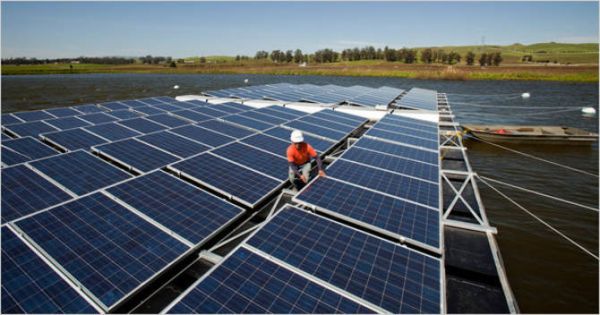
Necessity is the mother of all inventions. In an overcrowded world with limited resources, everything that man does has an impact on the environment. So in a world besieged by this reality all solutions to man made problems have to be environmentally friendly. And technology that seek to fulfill our needs constantly turns to the bounteous nature for inspiration. Nature being the greatest inspiration of all has solutions to all problems big and small which threaten mankind.
Here are the five eco friendly technologies that are inspired by mother nature.
1. Energy Forest
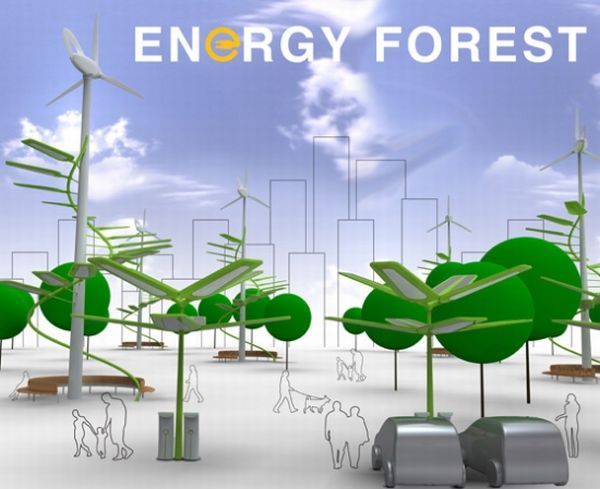
Wouldn’t it be great if by harnessing the wind and solar energy an entire forest were to be used to produce clean energy? Jaewon Sim, an industrial designer, has conceptualized the Energy Forest, a forest made up of natural and artificial plants that would generate clean energy. The forest would have power plants that generate electricity using solar and wind power. This energy would be used to recharge electric vehicles or power the grid. The forest would also have mechanisms to harvest rain water and this stored water would be used to irrigate the natural plants. The Energy Forest would not only generate clean energy but would also be self sufficient. The forest would also have EV recharge stations so designed to double as chairs.
2. Self cleaing solar panels
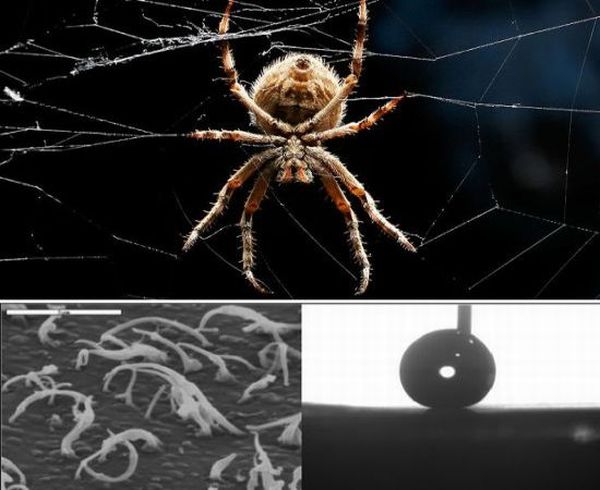
We have the story of how King Robert the Bruce was inspired to try again and again by a humble spider. Here we are talking of a technology that is also inspired by spiders. The insect’s ability to remain dry and clean in spite of rain and dirt have inspired a group of scientists at the University of Florida to recreate the water phobic properties of the spider’s body. The scientists have been able to reproduce the spider hair patterns and shapes to create a water phobic surface. When water falls on such a surface it not only rolls off the surface but also carries the dirt away with it and in the process cleaning the surface. This technology will be used in making self-cleaning solar panels and windows.
3. Adaptable Polymer Inspired By Sea Cucumbers
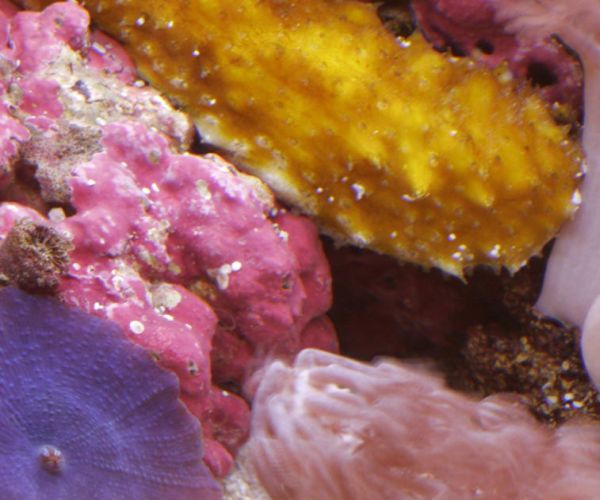
Sea cucumbers have for ages been sought as food but a group of scientists are seeking sea cucumbers not as food but as an inspiration. Researchers at Case Western University, Cleveland, have created a bio-polymer that has the unique property of softening when exposed to water based solvents but hardening as the solvent evaporates. This remarkable bio-polymer has been created by using materials that is inspired by sea cucumbers. The leader of this project, Professor Christoph Weder says that such a substance will be useful in the design of brain activity recording implants, as the use of this material can substantially reduce scarring compared to conventional implantable electrodes.
4. Lotus Leaf-Inspired Nanotechnology

The lotus has for ages been a symbol of purity not only in the culture of India and Japan but also in China and Myanmar as well. With its roots in mud a lotus blooms in pristine beauty and cleanliness seldom muddied. Beliefs aside, millions of microscopic bumps on the surface of the lotus leaf turn it into an extremely hydrophobic material from which water drops roll off removing dirt too. For years, scientists have been awed and inspired by the “lotus effect”. Wilhelm Barthlott, the discoverer and developer of this effect has a vision of a world where surfaces would self clean. Scientists, Michael Rubner and Robert Cohen of MIT envisage a similar world with technologies to control the flow of microfluidic components.
5. Solar Lilly Pads
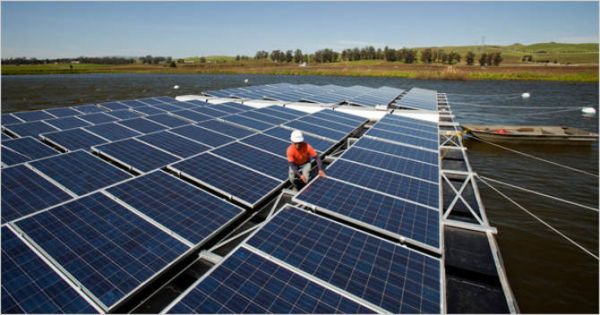
Solar energy is one of the cleanest forms of energy and man has used solar panels to harness this energy. Of late, the use of solar energy as a dependable energy source has exponentially grown and today we see open fields, rooftops lined with solar panels. Efforts are also underway to harness every bit of sunlight that falls on the surface of water bodies. In Sonoma County, an irrigation pond is covered with 144 solar panels that are fitted on top of pontoons. Another such assembly of 994 solar panels cover a pond in Napa Valley. These are but ideas inspired by the lily pads, nature’s own design of harnessing the solar energy on water surface.




